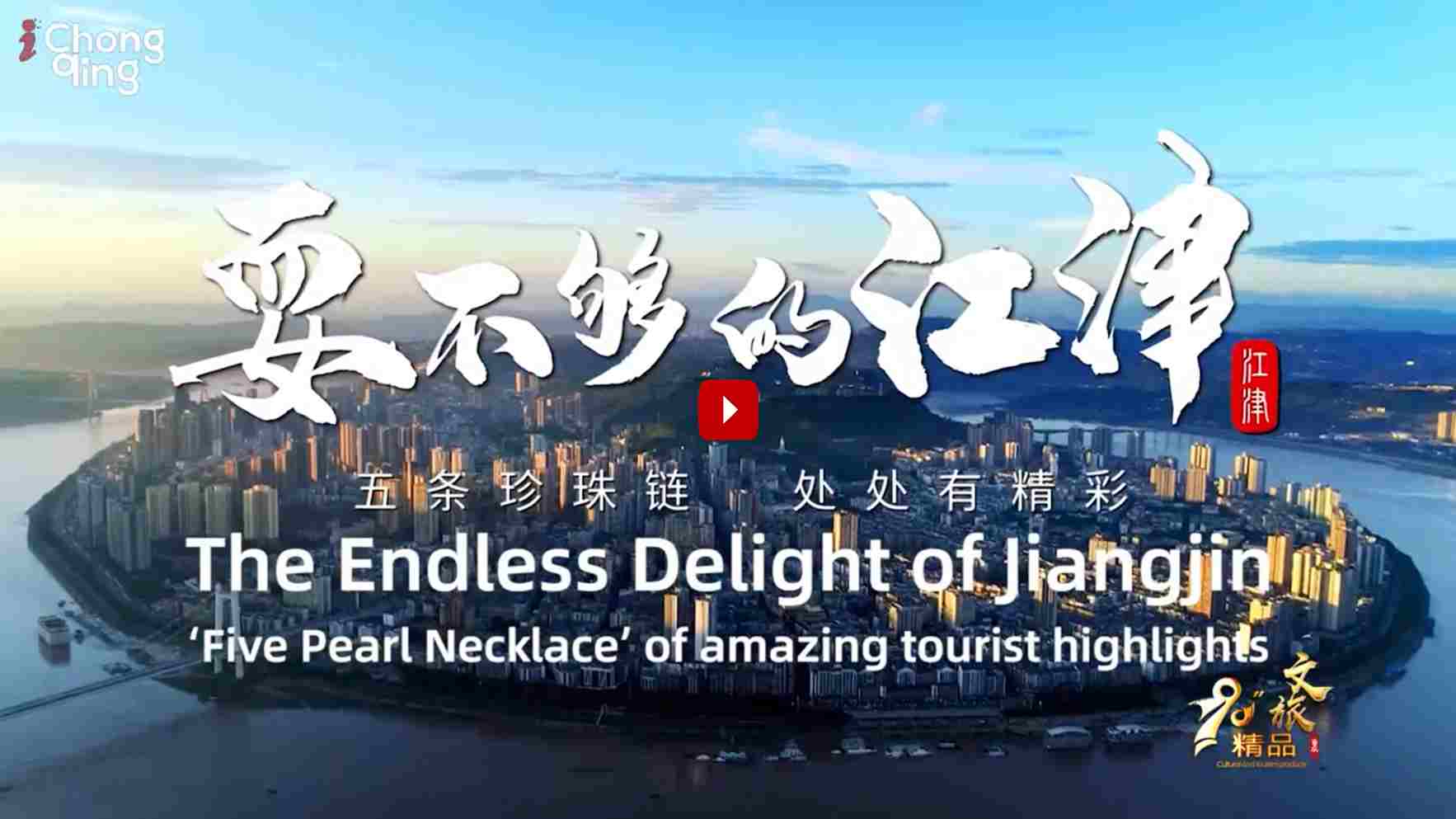Please click the play button to watch the video.
Chongqing- The Yangtze River winds 127 kilometers through Jiangjin, and provides not only a source of prosperity but also enchanting scenery and cultural depth.
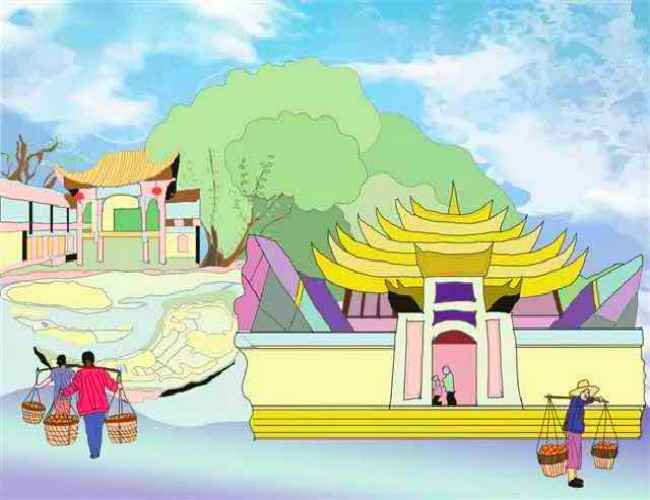
Jiangjin is a land of great beauty. The name means key post on the Yangtze and occupies an area of 3200 square kilometers. The lands of Jiangjin feature over 600 natural scenic spots of cultural interest, and 14 national A-rated tourist attractions.
Jiangjin is a city with a cultural heritage spanning over 1800 years of history. It has nurtured famous individuals, love, longevity, ancient towns, poetry, and the spirit of resistance, which have earned the accolades of a ‘Municipal-level city of history and culture,’ and ‘Chinese Poetry City.’
Nature, history, and culture have combined to make Jiangjin a paradise of abundant touristic resources and specialty products. Here, you can take in the mountain and river scenery, climb the Love Steps, explore the secrets of longevity, stroll through ancient towns dating back a thousand years, and experience nostalgia amongst a picture of serenity.
Jiangjin Dafo Temple has the biggest lotus based Guanyin Buddhist statue in China.

The multi-colored flower terraces of Dushi Taigong Mountain.
As the Chengdu-Chongqing Economic Circles gathers pace, Jiangjin has recommended five backbone tourist routes for which a series of tourism-related projects have been implemented. These include the development of scenic spots and innovative products that form part of the Bashu Cultural Tourism Corridor.
The Jijiang Peninsula is home to famous historical figures and sites. In 2019, the city was listed as a top 10 location for archaeological discoveries. The first ‘Zen Forest’ in China is located here, while the stone ruins of Buddhist temples are engraved with the passage of history.
Here, you can find the world’s longest couplet of 1612 characters, made by the renowned late Qing Dynasty genius Zhong Yunfang from Jiangjin. There are rare Hakka guild hall ruins and a cultural quarter by the name of Zhenwuchang.

Baisha Ancient Town
The Jiangjin River Road stretches 40 kilometers along the Yangtze River and offers excellent scenery to pedestrians.
The ecological Binjiang Area and manufacturing base of Shuangfu New District make Jiangjin a modern city of fashion and prosperity. You can go to the Jiangjin District Museum, Science and Technology Museum, or the most significant agricultural trade city in the southwest, the Shuangfu International Agricultural Trade City, where people can buy a wide variety of farm products from all over the world.
Jiangjin is also the leading producer of prickly ash in China. Every year in June and July, at the pioneering agricultural base, the strong aroma permeates the air. The city has plans to develop a whole industry around the prickly ash, including research and development, processing, display, and trading platforms.
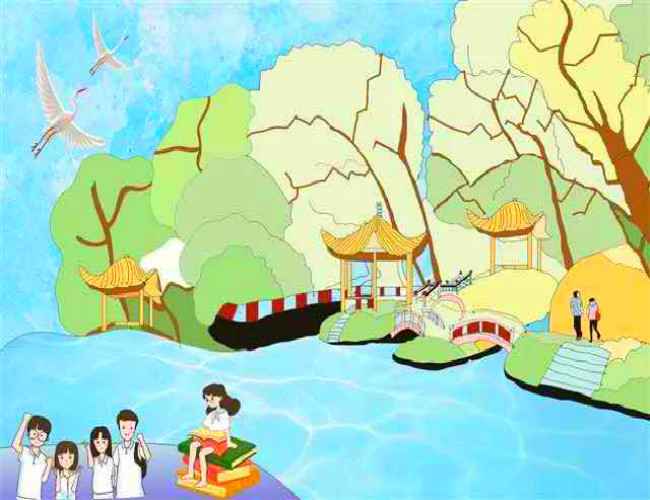
The former Jugui Middle School in the Scenic Resort of Heshi Mountain.
The Highlights of Jiangjin Culture and Tourism
Zhongshan Ancient Town is located on the banks of the Sunxi River, features the most massive and best-preserved Ming and Qing commercial streets in Southwest China. The culture of ethical business practice can be seen here, such as the early anti-counterfeiting movement.
The Great Simian Mountain Ecological Zone has a forest coverage rate of 96%. There are eight major scenic areas home to 128 attractions, including the heart-shaped Wangxiangtai Waterfall here.
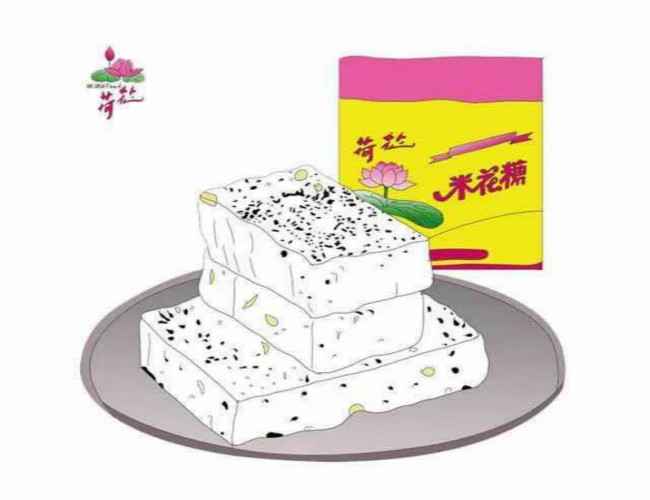
The famous Jiangjin rice candy
A Simian Mountain tourist resort is presently under construction at an altitude of about 1100 meters, yet close to the central city. The resort will offer a serene escape from the summer heat that integrates health, sports, and leisure.
Here, you can experience jungle adventures, kayaking, and paintball activities. At night, the light show at Wangxiangtai Waterfall will amaze the senses.
The ancient town of Baisha on the Yangtze riverbanks boasts 38 lively streets and alleyways totaling 8.5 kilometers. Over the years, hundreds of films and television dramas have been produced at this location. Attractions include the tallest surviving stilted buildings on the Yangtze River and the Chaotianzui wharf that resembles the Chaotianmen Docks of old in Chongqing.
Here, you can find the century-old Jukui Middle School in Heishi Mountain Scenic Area, where you can visit the celebrity footprints and feel the ecological beauty of “a group of egrets on the blue sky”; There are Jiangjin shochu brewing skills that are applying for national intangible cultural heritage and the production base of China’s well-known emerging liquor brand “Jiang Xiaobai.” The legend of “old wine is newly made” is being staged.

Jiangjin Rice Wine
In Tanghe Ancient Town, you can discover the intangible heritage of lantern plays, lidded tea, bean curd, Tanghe traditional weddings, and the Yuchuan Dragon Boat Race. Many ancient folk customs have been passed down for thousands of years and make visitors feel regret when they leave.
This town also has a rich history of lychee planting. In July each year, the lychees come into season, and visitors flock to pick the fruit in orchards covering 10,000 acres.
In Shiqi Ancient Town, there is Qingyuan Palace, the best-preserved and largest Ming-Qing Dynasty building in southwestern China, and the 500-year-old cinnamomum camphora tree, which is a famous tourist image of Chongqing.
Huangzhuang Village is a beautiful leisure area in China. Every spring, 10,000 acres of rapeseed enter the blooming period, and the image of ‘Golden Huangzhuang’ has become hugely popular online, and attracts tourists in their droves.
The Yuanxiang Cultural Tourism Area
Yuanxiang Cultural Tourism Area sits between the Yangtze River and Linyong Ancient Road and has been a center of prosperity since ancient times.
Wutan Ancient Town is famous not only for being the hometown of Marshal Nie Rongzhen, but also Wutan Old Street, which offers many rare treasures to explore.
Shimen Dafo Temple is a nationally protected cultural site. Inside the wooden structure, a Guanyin stone sculpture rises to a height of 13.5 meters.
At the national 3A rated scenic tourist spot of Yunwuping Stalagmite Mountain, the forest coverage rate is over 80%, and the average annual temperature is about 15 degrees Celsius. Among the stunning lakes and mountains, there are temples of various sizes to explore.
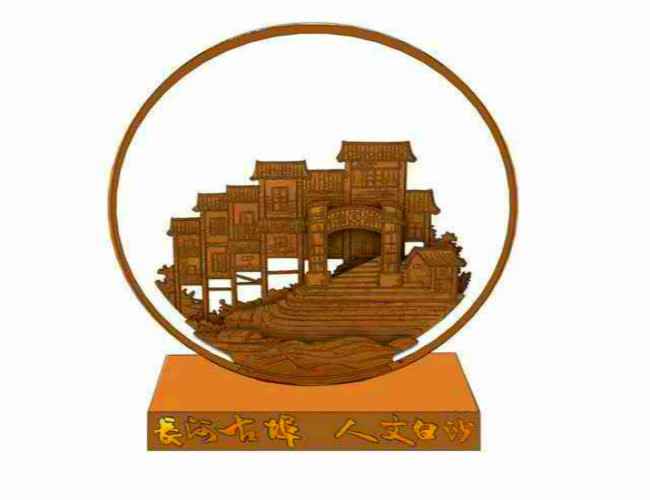
Wooden carving of Baisha Ancient Town.
There are also fruits selenium rich fruits and vegetables, such as tangerines, red heart kiwi fruit, and tea leaves. You can also try farm experiences and enjoy the fun of picking different fruits and vegetables in all four seasons.
The Qihe Gallery Rural Tourism Area
Along the Qi River that originates from the Dalou Mountain Range in Guizhou Province, the scene of mountains gradually unfolds like a scrolled landscape painting. The best way to admire the scenery is a self-drive journey.
On the way, you can pick high-quality selenium-rich mulberries, taste mulberry wine, visit Taigong Mountain for the colorful flowers through the four seasons, and experience rural life in the farming town of Guangxing Town.
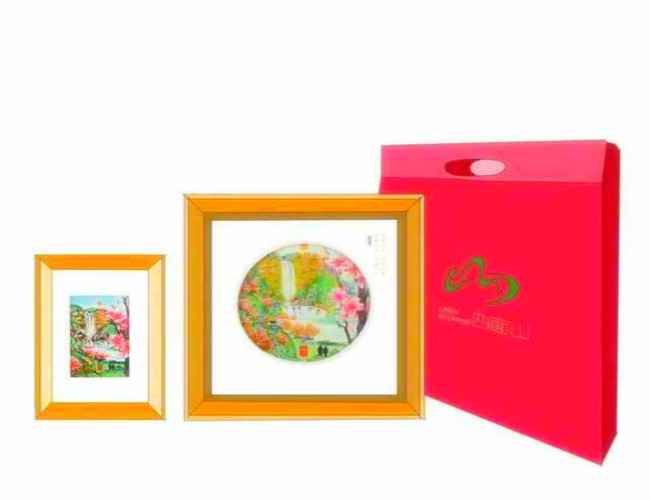
Simian Mountain is rich in culturally innovative products.
At the Jiasilong Mountaineering and Paragliding Base, you can soar freely under blue skies under the guidance of a coach, and feast your eyes on the scenery from up high.
Taigong Mountain in Dushi holds an annual flower-viewing event from mid-March to April. Thousands of acres of rhododendrons, peach blossoms, red heather, red saplings, and many other flowers paint a gorgeous sight among the colorful terraces.
Jiangjin Rice Candy
Jiangjin Rice Candy is one of Chongqing’s famous specialty snacks. It is made of high-quality glutinous rice, walnut, peanut, sesame, sugar, and oils that are processed through 10 steps. The product is sweet, crisp, refreshing, and sells well both at home and abroad. The skills behind making this rice candy have been listed as municipal intangible cultural.
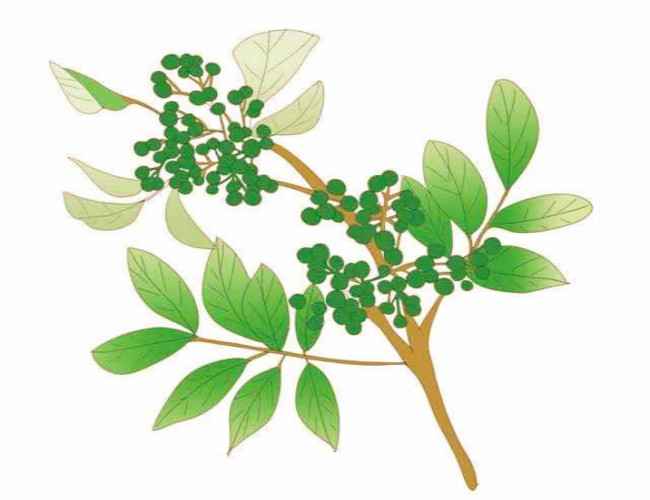
Jiangjin is home to the prickly ash in China.
The Jiangjin Prickly Ash
Jiangjin is home of the prickly ash, and is the largest producing region in China, accounting for 95% of the national market. It’s rich in flavor, trace elements, and has a high oil yield. More than 20 products can be derived from the prickly ash, such as essential oils, pepper fragrance, acne milk, and foot bath ointment.
Jiangjin Rice Wine
According to historical records, the production of Jiangjin (Baisha) Rice Wine had a 60% market share in the Qing Dynasty and the Republic of China. The distillation method is the first of such technology to be included on the Chongqing Municipal Intangible Cultural Heritage Project List.
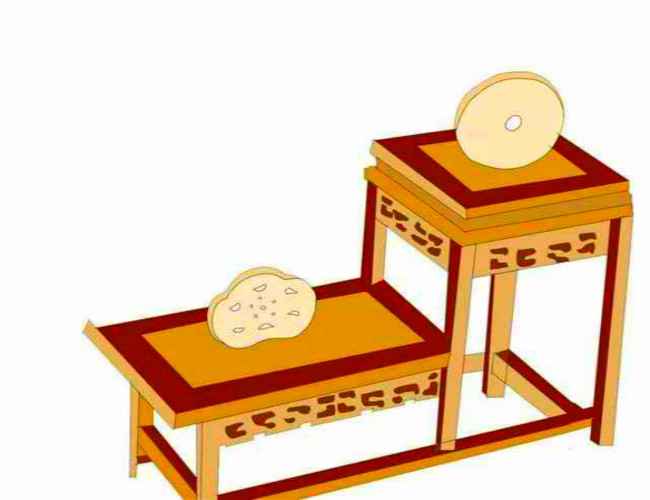
Jiangjin Lotus Jade.
Jiangjin Lotus Jade
Jiangjin Lotus Jade is a replica of Qing Dynasty carvings, an important cultural relic in the Jiangjin Museum collection. It is made from selenium jade produced in the Sunxi River Basin. It is simple, elegant, dense, and is almost flawless. It is a popular choice of material for engravers.
Baisha Culturally Innovative Products
Based on the cultural theme and customs of Baisha Old Town, Jiangjin District has carefully developed metal paint bookmarks, carved wooden landscape lamps, artistic cloth bags, bottled waters, refrigerator stickers, and various fans. In total, there are more than 50 culturally innovative products on offer.

